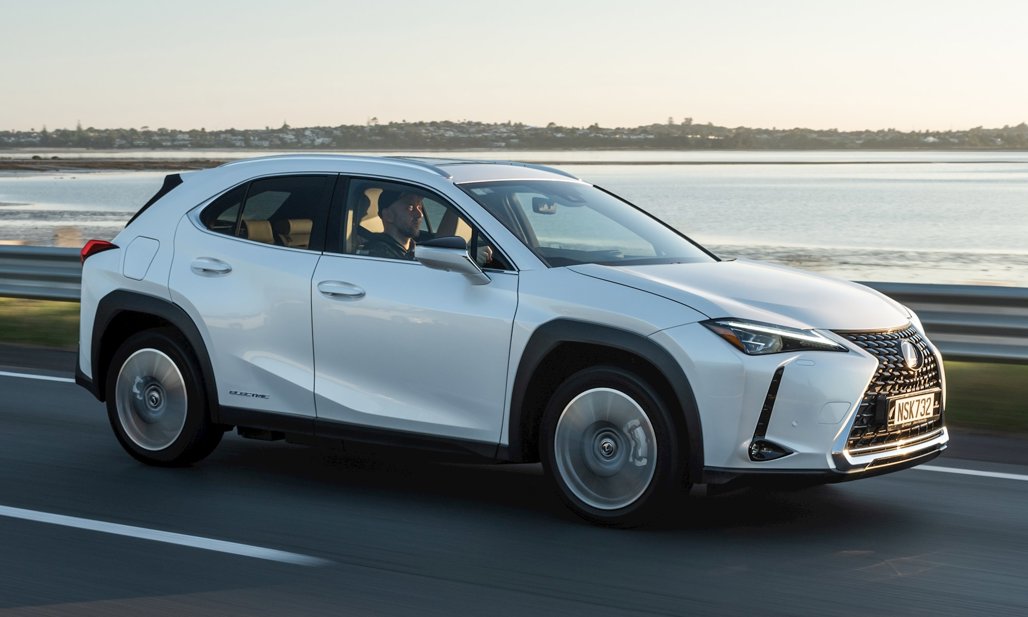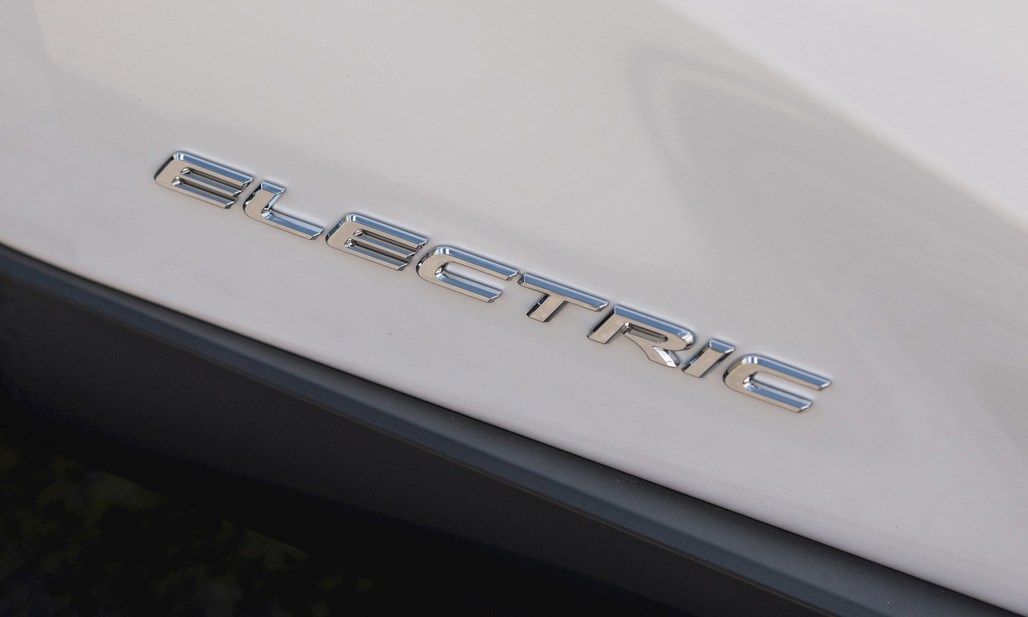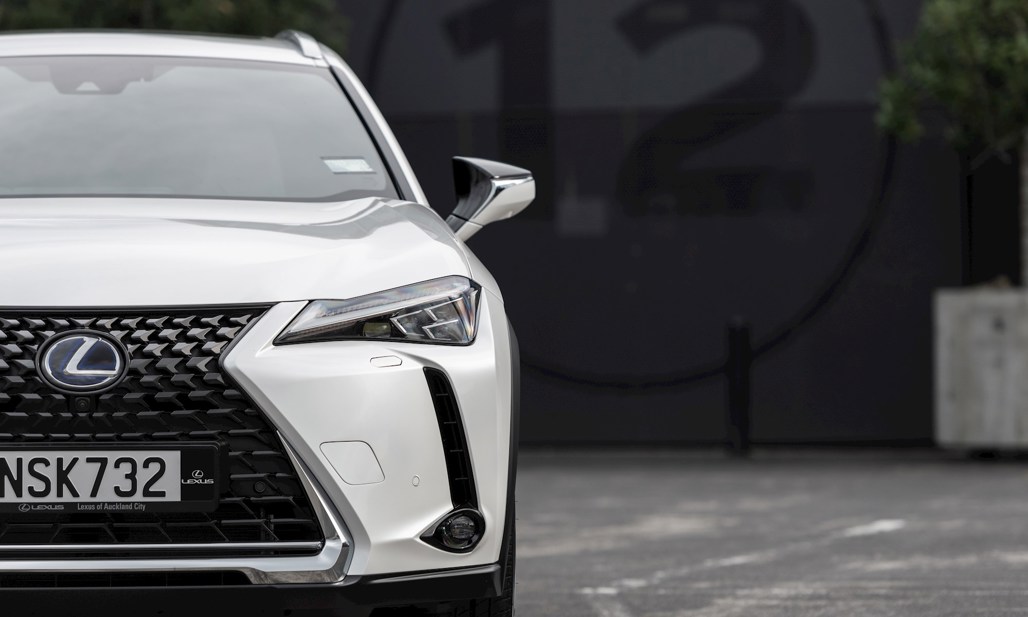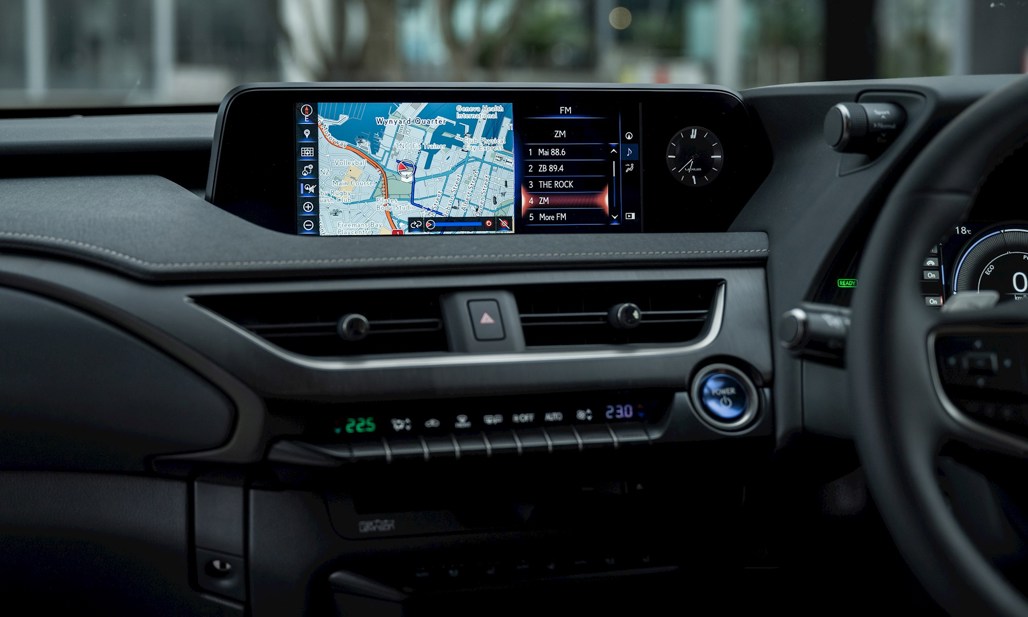This little Lexus SUV looks like the familar UX hybrid, drives very much like the UX hybrid and is even priced similarly to the UX hybrid. But it is in fact the brand’s first-ever Battery Electric Vehicle (BEV), the UX300e. Given which company is Lexus’s parent, it’s also technically the first “Toyota” BEV to be sold in NZ.
While the UX300e is essentially a converted petrol UX, there’s been a lot of work in addition to the BEV powertrain. It has a strengthened steering rack, unique suspension tune, acoustic glass, underfloor covers and wheelarch liners to shut out unwanted road noise (which is much more of an issue with BEVs, of course).
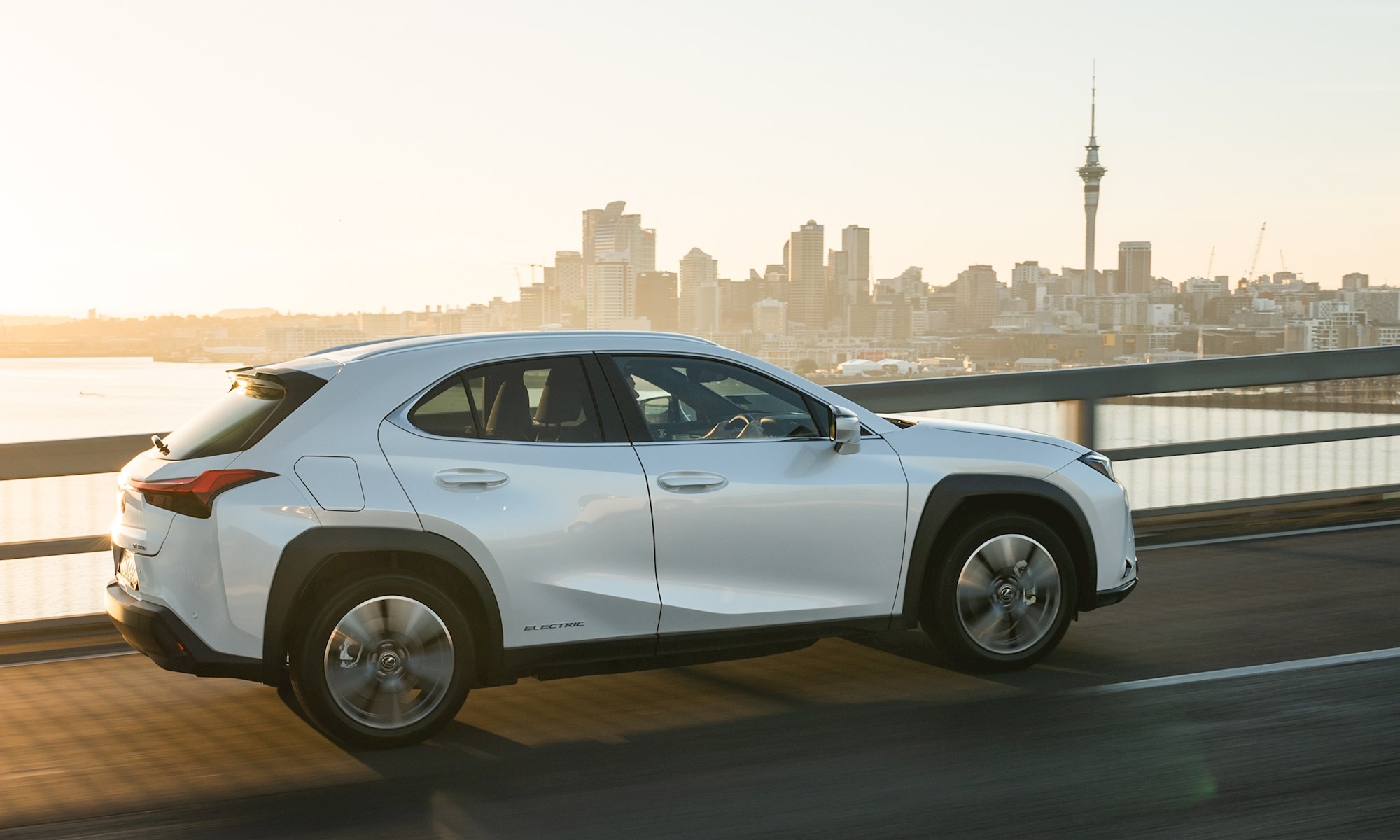
The end result is the fastest and most refined UX you can buy. It’s not in the least bit sporty, nor was any UX ever meant to be; instead, the steering and chassis are both beautifully judged to make the 300e feel like the most relaxed urban SUV imaginable.
It’s brisk off the line like BEVs often are (the eco-tyres can struggle in the wet, given it’s front-drive), but where the Lexus really excels is linear mid-range acceleration and a relaxed motorway gait. Dynamically, the only bugbear is the hair-trigger braking system at low speed – a once-common issue with BEVs that most other makers seem to have sorted by now.
The UX styling is largely unchanged for the 300e, but there are active shutters behind the grille, and you can spot the 300e by its unique design of 18-inch wheel (probably only if you really are obsessed with detail though) and “Electric” script on the rear doors.
To view all Lexus models listed on DRIVEN, click here
There are slight differences in the cabin configuration. The architecture is identical to the hybrid: indecently touchy feely and as premium-feeling as anything this side of an Audi, but also a little fussy, with that infuriating touchpad thingy that Lexus loves so much. And surprisingly, no touch-screen facility like you get in the larger RX.

Because of the underfloor battery, the rear occupants sit 16mm higher, with a 54mm-higher heel height. Rear headroom is also 16mm down on the conventional UX. None of it makes for optimal adult rear accommodation, especially the slightly knees-up aspect, but being an urban SUV the UX really isn’t that kind of car. And you do gain quite a lot of bootspace in the BEV, up from a modest 268l to a more acceptable 310l.
It’s a BEV that doesn’t want you to think about the logistics of driving an electric car. There’s four-stage regen available via steering wheel-mounted paddles, but even the most aggressive setting is quite mild; certainly nothing approaching the “one pedal driving” available in other pure-electric vehicles.
The charge indicator sums it all up, really. It’s the standard UX petrol gauge, just with a tiny plug icon on the end of the pump. Plug it into a DC station and you don’t even get a time-to-full-charge figure (although you do when it’s plugged into an AC outlet, or if you’re using the UX smartphone app).

Given the 300e’s aim is to truly mainstream BEV tech, you might raise an eyebrow at the modest 54kWh battery capacity, which gives 315km WLTP range; the highest we saw displayed on a full charge was 265km. Nor does the Lexus have Hyper Charger capability: the maximum charge rate is just 50kW, not the 100kW, 150kW or even 200kW-plus (Hyundai Ioniq 5 if you were wondering) of some rival BEVs.
Reality check: that range is actually plenty for an urban SUV, especially given that more capacity adds weight and cost. But it might still be a hard sell to some who are making the shift from a petrol car, given we all suffer from a little range anxiety in these early days of the BEV revolution.
Even at 50kW, you can still go from flat to 75 per cent in 50 minutes. While you’re waiting, the Lexus offers a “My Room” function that allows you full use of the air-con and USB ports while the car is plugged in. Nice.

The choice of a Chademo DC charge port might also seem odd; virtually every other new premium BEV on the Kiwi market has a CCS2 connector, and it’s been well publicised that Chademo is being phased out in the longer term in Europe and the US.
But it’s still very much the Japanese DC standard (the Nissan Leaf and Mitsubishi’s PHEVs have it too) and Chademo is well supported by the NZ public network, with ChargeNet DC stations having both CCS and Chademo. One quirk is that because the Chademo plug shape doesn’t incorporate the AC port as well (like CCS does – it stands for Combined Charging System), the Lexus has a separate AC port on the other side for home/wallbox use. So this BEV has twice as many “fuel” flaps as a petrol car.
There’s plenty to potentially criticise about the UX300e. It’s taken Lexus an age to produce a BEV, and now that it’s here we find it’s pretty much just a converted ICE model.

But in typical Lexus/Toyota fashion, it’s been executed superbly. The battery-UX is bang on brand for refinement and quality, a breeze to drive and surprisingly strong on character. There are a few Lexus-specific quirks, sure; but it’s still a brilliantly appealing package.
If you’re looking at a premium BEV that’ll get you the Government rebate, put it on the shopping list. At a post-rebate price of $71,275, it’s actually cheaper than the FWD UX250h petrol-electric hybrid. Seems like a no-brainer.
LEXUS UX300e LIMITED
ENGINE: 54kWh lithium-ion air-cooled battery, single electric motor
POWER: 150kW/300Nm
GEARBOX: Single-speed automatic, FWD
0-100KM/H: 7.5 seconds
ECONOMY: 17.1kWh/100km, range 315km (WLTP)
PRICE: $79,990 (before Clean Car Discount)

